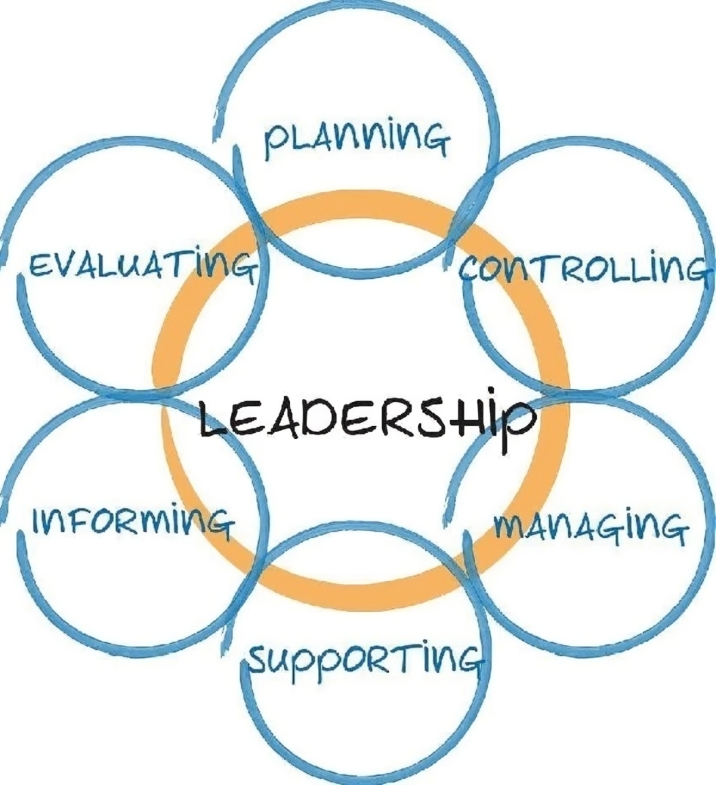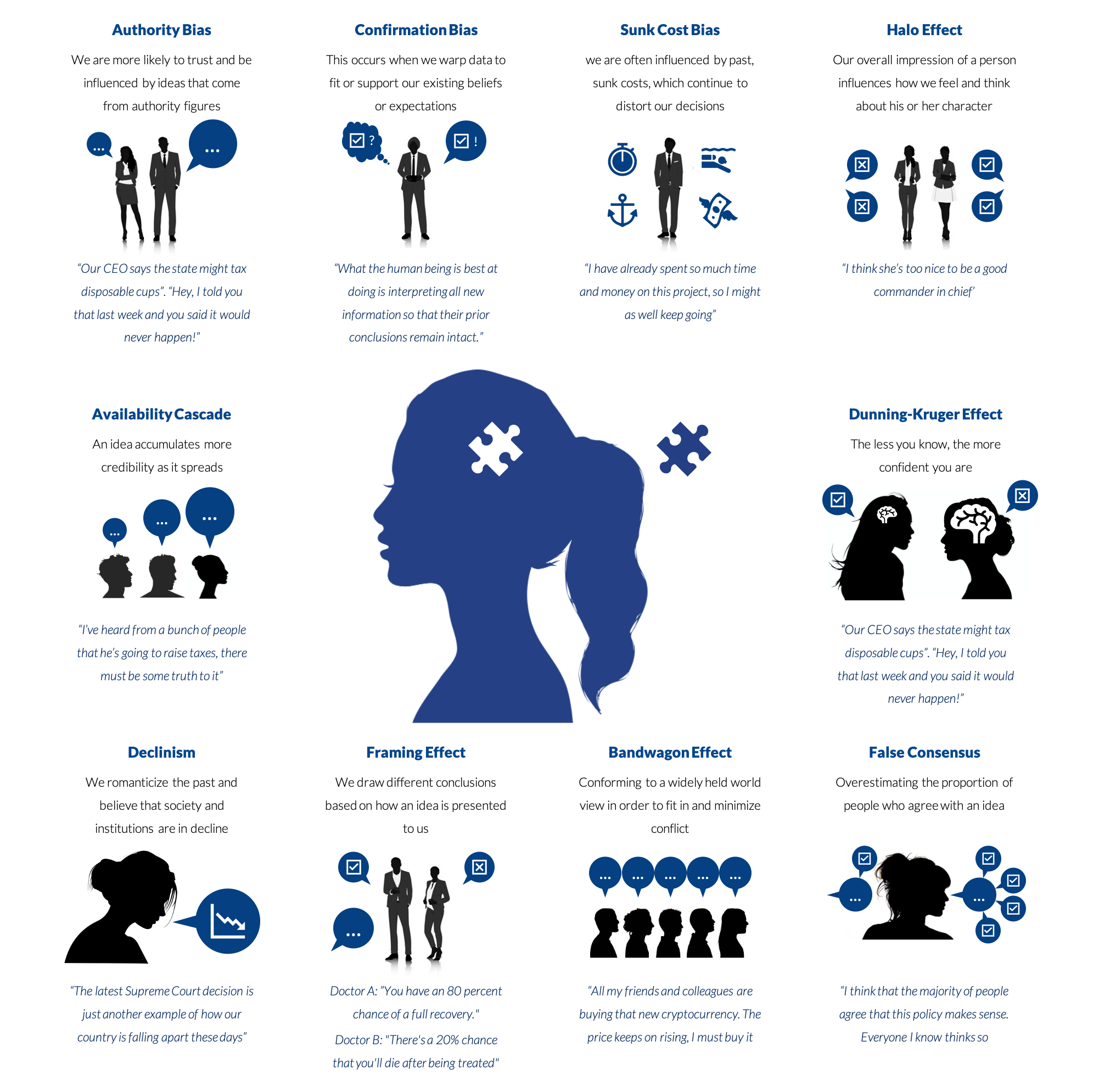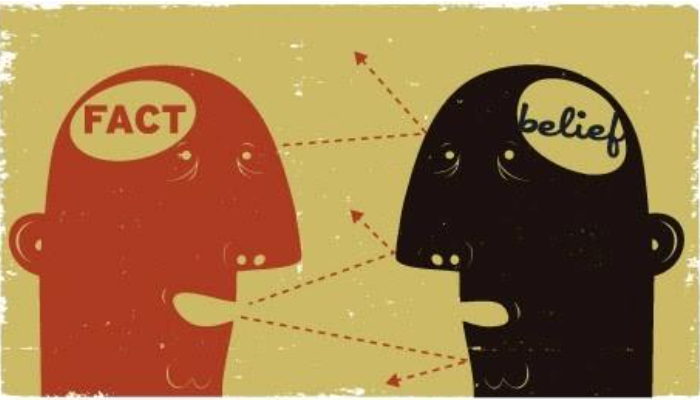DECISION MAKING
Decision-making involves selecting a choice or course of action from various alternatives. It is a fundamental aspect of human cognition and behavior, influencing virtually every aspect of life, from mundane everyday choices to significant strategic decisions in business and leadership. The decision-making process involves various processes, as depicted in Figure 1, and everyone goes through this process;

ROLE OF LEADERS IN DECISION MAKING
Leaders are one of the most integral parts of an organization, and they hold authority and responsibility. Leaders in the organization guide, direct, and inspire employees constantly and help them achieve organizational goals and objectives.

Thus, leaders have to make decisions in various aspects that directly influence their organizations’ direction, effectiveness, and success. They are involved in making decisions in different organizational situations, which is explained in Table 1;
| Areas of Decisions | Function carried out by leaders |
Setting Directions | Responsible for setting the vision and goals of the organization. Leaders translate vision into actionable plans and initiatives through decisions. |
Resource Allocation | They allocate financial, human, and material resources to various projects and initiatives through effective decision-making, thus ensuring that resources are allocated efficiently and aligned with organizational priorities. |
Problem-Solving | Leaders identify problems, analyze root causes, and implement solutions to address these issues effectively. |
Innovation and Growth | Leaders must make strategic decisions about new products, markets, technologies, and business models to stay competitive and seize expansion opportunities. |
Risk Management | They take decisions on assessing risks, weighing potential rewards against potential consequences, and implementing strategies to mitigate risks effectively. |
Creating Alignment | Leaders make clear, consistent decisions and ensure everyone works towards common goals and objectives. Their decisions help in creating alignment and coherence within the organization. |
Adapting to Change | In today’s dynamic business environment, leaders must be able to adapt quickly to changing circumstances and emerging trends. |
CHALLENGES IN MAKING EFFECTIVE DECISION MAKING
It becomes critical for leaders to make high-quality decisions on a day-to-day basis. They must also make decisions using the right techniques and processes to support the organization’s goals. The human mind is a captivating and intricate entity, and our minds navigate various complexities in this world and expedite decision-making. Our brains devise shortcuts known as ‘Cognitive Biases.’ The images below clearly explain the various cognitive biases that influence the mind and affect decision-making.

Since leaders are humans, there is always the possibility that leaders make a wrong decision influenced by various decision-making biases, and cognitive bias greatly affects the human mind. According to Campbell et al. (2009), the sobering truth is that even highly informed, conscientious individuals, acting with the best available data and intentions, may occasionally make fundamentally flawed decisions. These flawed decisions by people in leadership roles can have a ripple effect and, thus, result in various negative consequences for an organization. Thus, in an article by Fouts (2018), some strategies are suggested to overcome or control these unconscious biases;
- Increase your self-awareness, which can be done by observing your day-to-day reactions, responses, and judgments in various situations and interactions that happen throughout the day. Consider any visceral or emotional reactions, and ask yourself, “Do my biases influence this? Is my judgment justified? What emotions am I experiencing?”
- Identify who and what makes you uncomfortable. Someone in your workplace may trigger negative feelings or irritate you. Take a moment to be curious. Ask yourself, “What specifically about this person evokes this response in me? Do I truly know them, or is a bias influencing my perception?”
- Educate yourself on possible biases by researching, reading, enrolling in related online courses, listening to podcasts and videos, and joining discussion forums. Thus, it will help one understand and realize when these biases influence decisions.
Apart from these, there are a few other strategies mentioned in figure 5;

Understanding and addressing biases in leadership decision-making are vital for organizational success. By cultivating self-awareness, embracing diverse perspectives, and employing evidence-based frameworks, leaders can mitigate the influence of cognitive biases. Creating a culture of transparency, inclusivity, and open dialogue fosters trust and integrity within organizations. Overcoming biases leads to better decisions and cultivates resilience in navigating complex challenges. Ultimately, the psychology of decision-making offers a pathway for leaders to steer their organizations toward clarity, purpose, and long-term success.
References
- Ams, L., & Ams, L. (2021, September 27). The effect of Cognitive Bias in Decision-Making. MPG. https://mahanakornpartners.com/the-effect-of-cognitive-bias-in-decision-making/
- Campbell, A. (2019, February 7). Why good leaders make bad decisions. Harvard Business Review. https://hbr.org/2009/02/why-good-leaders-make-bad-decisions
- Elharony, A. (2023, May 30). The Psychology of Decision-Making: Understanding your brain’s biases. https://www.linkedin.com/pulse/psychology-decision-making-understanding-your-brains-biases-elharony/
- Fouts, M., PhD. (2018, October 9). Overcome biases and blind spots in decision making. Forbes. https://www.forbes.com/sites/forbescoachescouncil/2018/10/09/overcome-biases-and-blind-spots-in-decision-making/?sh=5713cce7196a
- Sheldon, R., Burns, E., & Brush, K. (2024, March 7). decision-making process. Business Analytics. https://www.techtarget.com/searchbusinessanalytics/definition/decision-making-process

